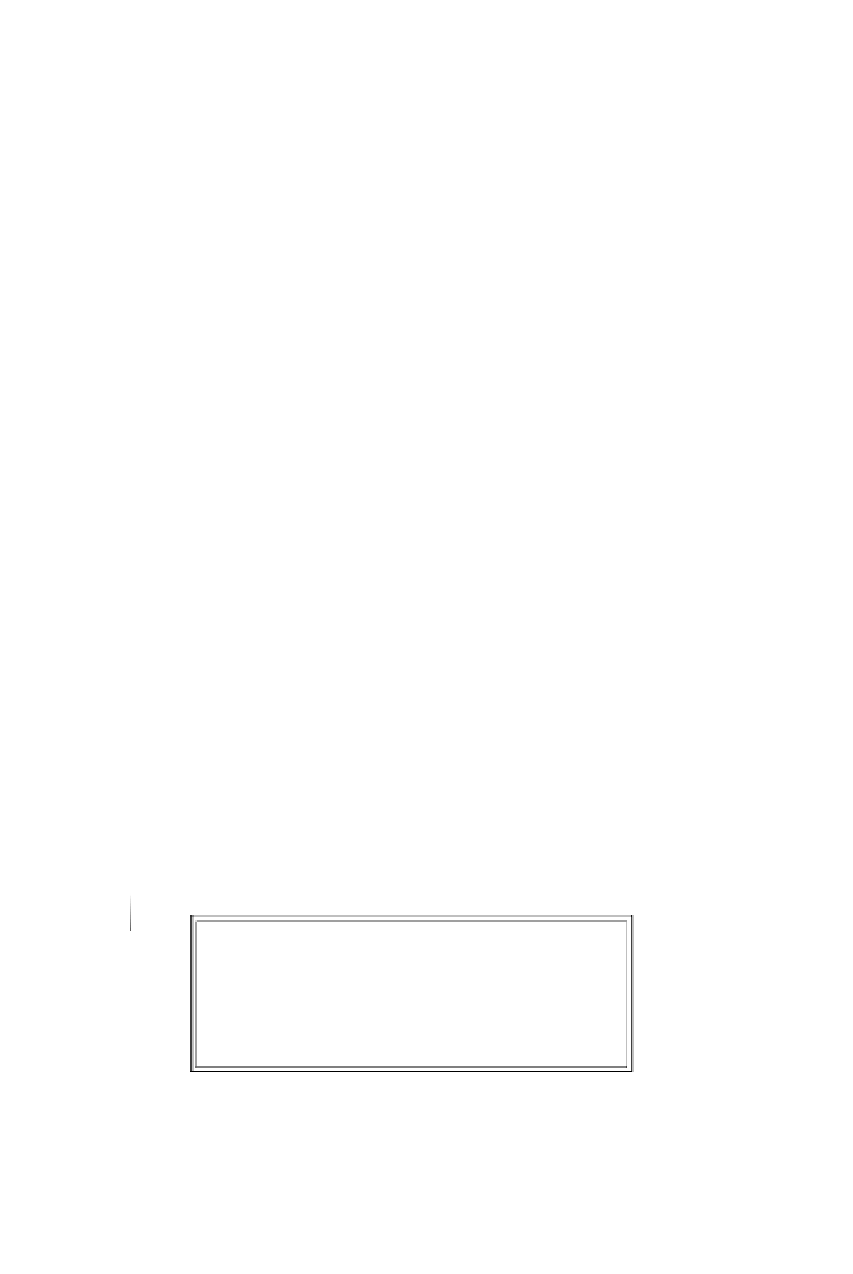Environmental Engineering Reference
In-Depth Information
P
S
A
S
1
S
2
N
1
N
2
N
A
H
Fig. 5.1
A flow diagram summarising a simple biological system: age structured
population growth of a hunted deer population. Boxes represent quantities, while
arrows represent rates of flow.
survival from one year to the next—note that adult survival feeds back into the
adult box. Adults have a fecundity
P
, which produces the next year's individuals in
the Year 1 category. Adults are also subject to a hunting offtake,
H
. This model is
dynamic, i.e. it tracks a population over time, but here we have shown time only
implicitly. We have also ignored dispersal, assuming that we are dealing with a
closed population, with no movement of animals in or out other than through
births and deaths.
Note that we have put symbols in each of the boxes representing the quantity
(in this case the number of animals in an age-class), and next to the arrows repre-
senting rates (survival, hunting and birth rates). This will make it easier to turn the
conceptual model into mathematical format.
5.3.1.2 Conceptual model example 2—village hunting
This is a model of the dynamics of hunting for a village of a fixed size exploiting a
closed population of a single species (Figure 5.2). Individual villagers choose
whether to go hunting or not depending on whether the price offered by the
Intrinsic rate of
increase (r
max
)
Carrying
capacity (K)
Population
Year t + 1 (N
t+1
)
Production
(P
t
)
Population
Year t (N
t
)
Individual
profitability
(B
i,t
)
Individual cost
(c
i,t
)
Average cost
(C
t
)
Individual kill
(h
i,t
)
Total killed
(H
t
)
If > 0, hunt
Cost
variability
(s)
Price
(p)
For i individuals
Fig. 5.2.
A flow diagram summarising a simple bioeconomic system: the decisions
and impacts of village hunters. Rectangles represent variables and constants, the
oval is a decision point, and arrows represent causal links.


































